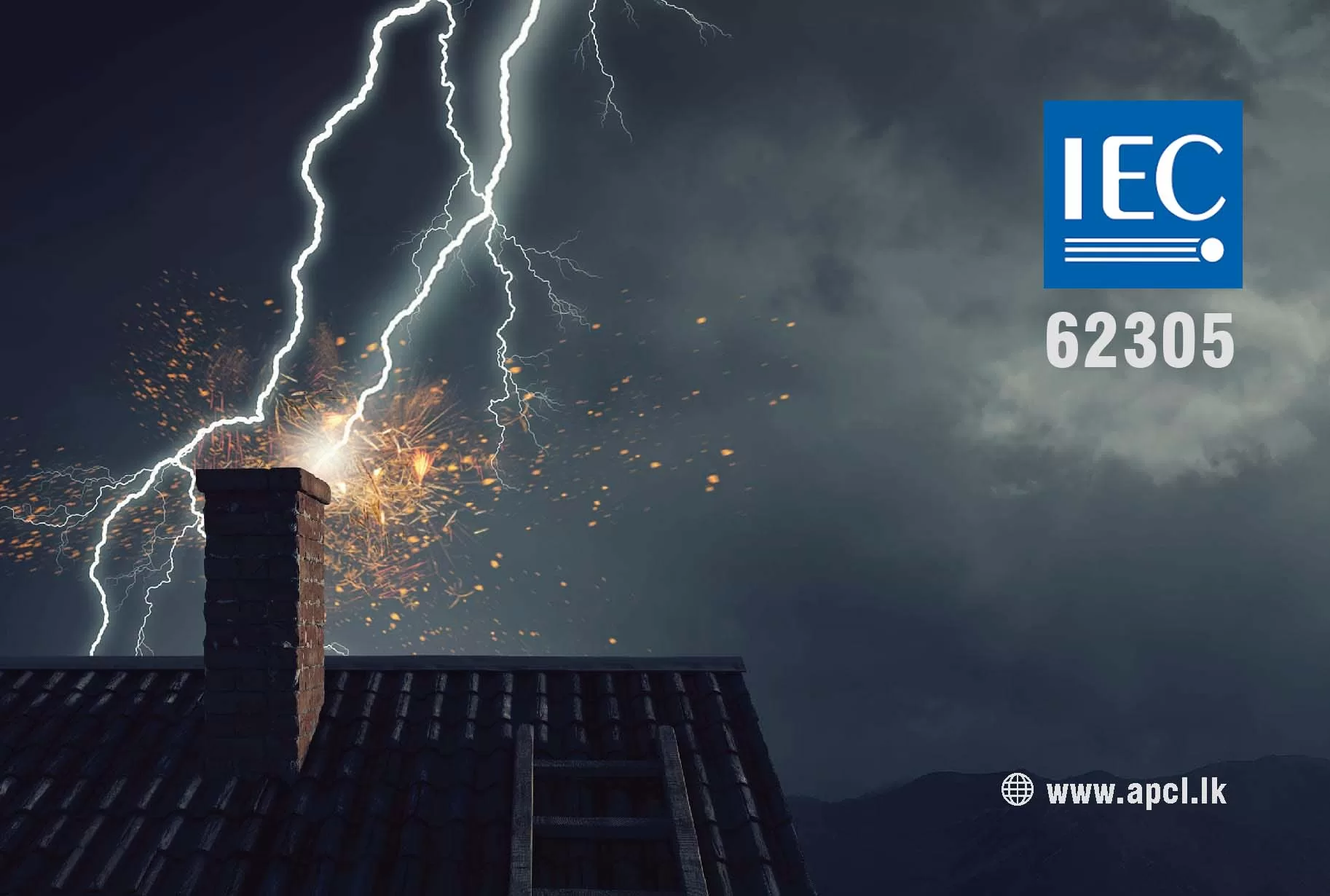Lightning protection involves the implementation of measures to safeguard structures and their occupants from the harmful effects of lightning strikes. The IEC 62305 standard provides a systematic approach to address the complexities of lightning protection.
Welcome to our in-depth guide on Lightning Protection System (LPS) designing for structure protection in accordance with the International Electrotechnical Commission (IEC) 62305:2010 standard. As an Electrical Consultancy company specializing in this critical area, we understand the significance of safeguarding structures from the destructive forces of lightning.
Let’s delve into the key aspects of LPS design, construction supervision, commissioning, certification, and periodical inspection & testing.
1. Understanding the Basics of Lightning Protection
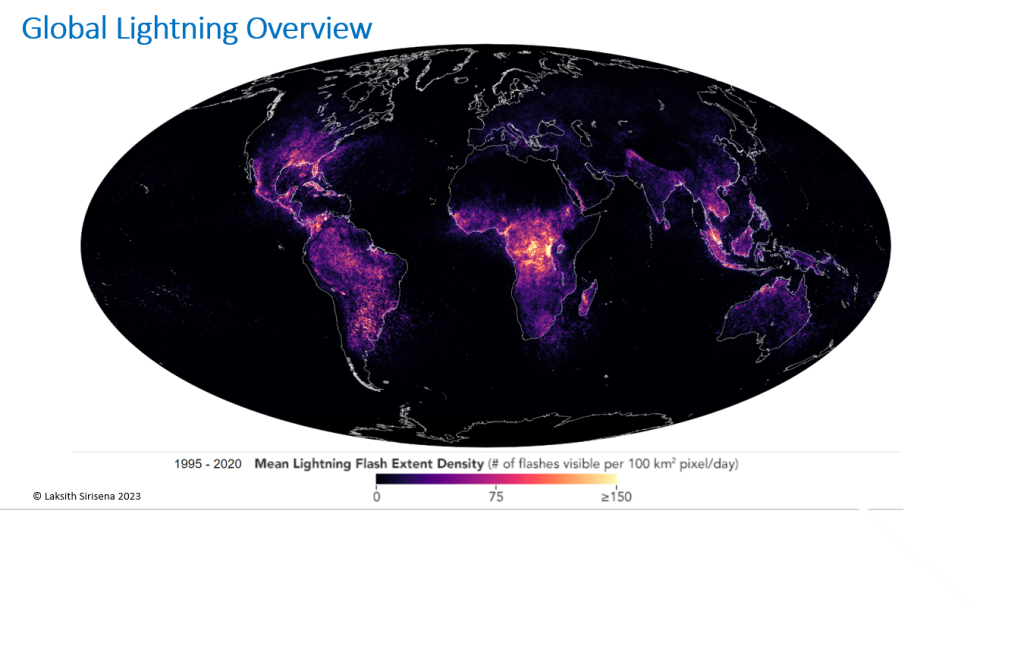
Importance of IEC 62305 Standard The IEC 62305 standard serves as the international benchmark for lightning protection system design. We’ll explore the key principles and requirements outlined in this standard, emphasizing its crucial role in ensuring the effectiveness and reliability of LPS.
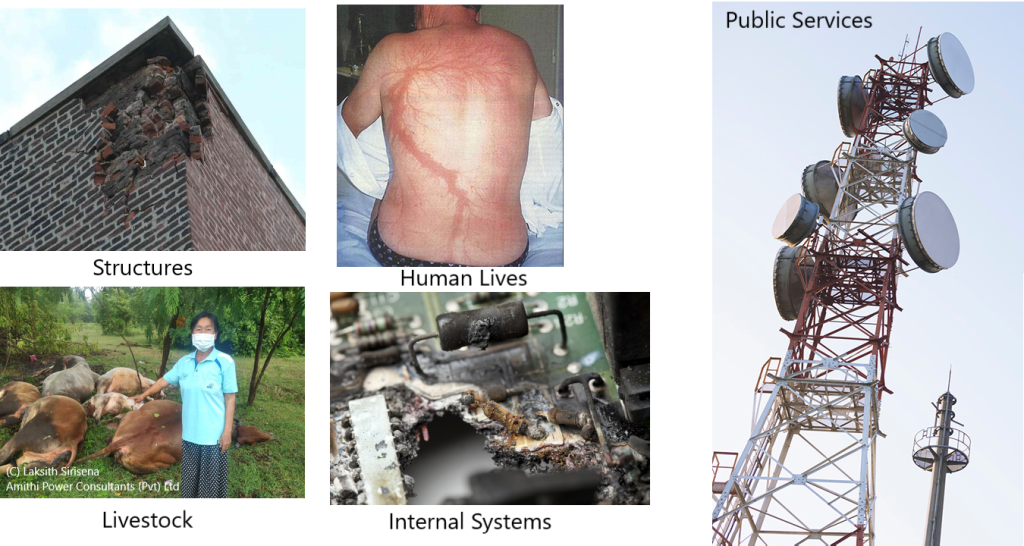
2. Lightning Risk Assessment
2.1 Conducting a Lightning Risk Assessment Before delving into the design process, it’s essential to assess the lightning risk associated with a structure. This section will guide you through the steps of conducting a comprehensive lightning risk assessment, identifying vulnerable areas, and determining the required protection level.

2.2 Classification of Lightning Protection Zones (LPZ) Understanding the concept of Lightning Protection Zones is fundamental to the design process. We’ll break down the LPZ classification system and its application in designing effective protection measures.
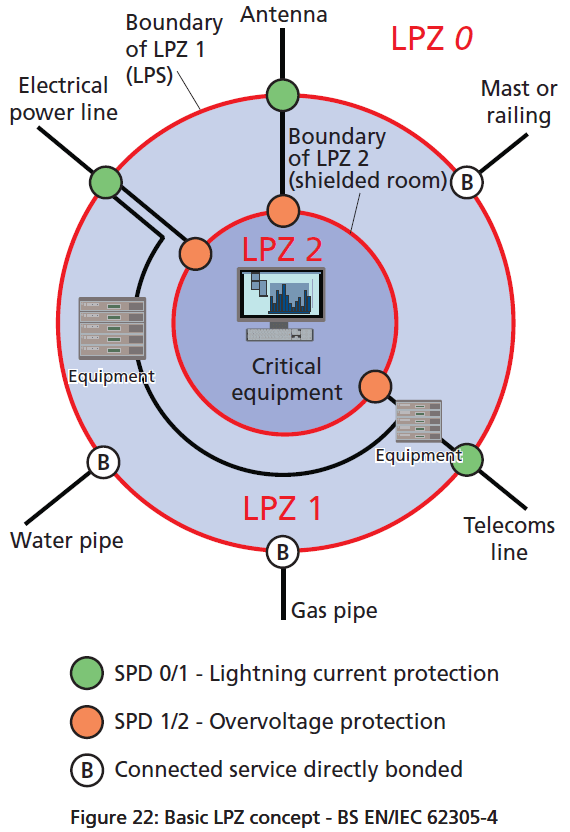
3. Lightning Protection System Design
3.1 Design Principles According to IEC 62305 Explore the design principles outlined in the IEC 62305 standard, covering concepts such as the rolling sphere method, mesh and bonding, and air-termination systems. Gain insights into how these principles contribute to the overall effectiveness of the lightning protection system.
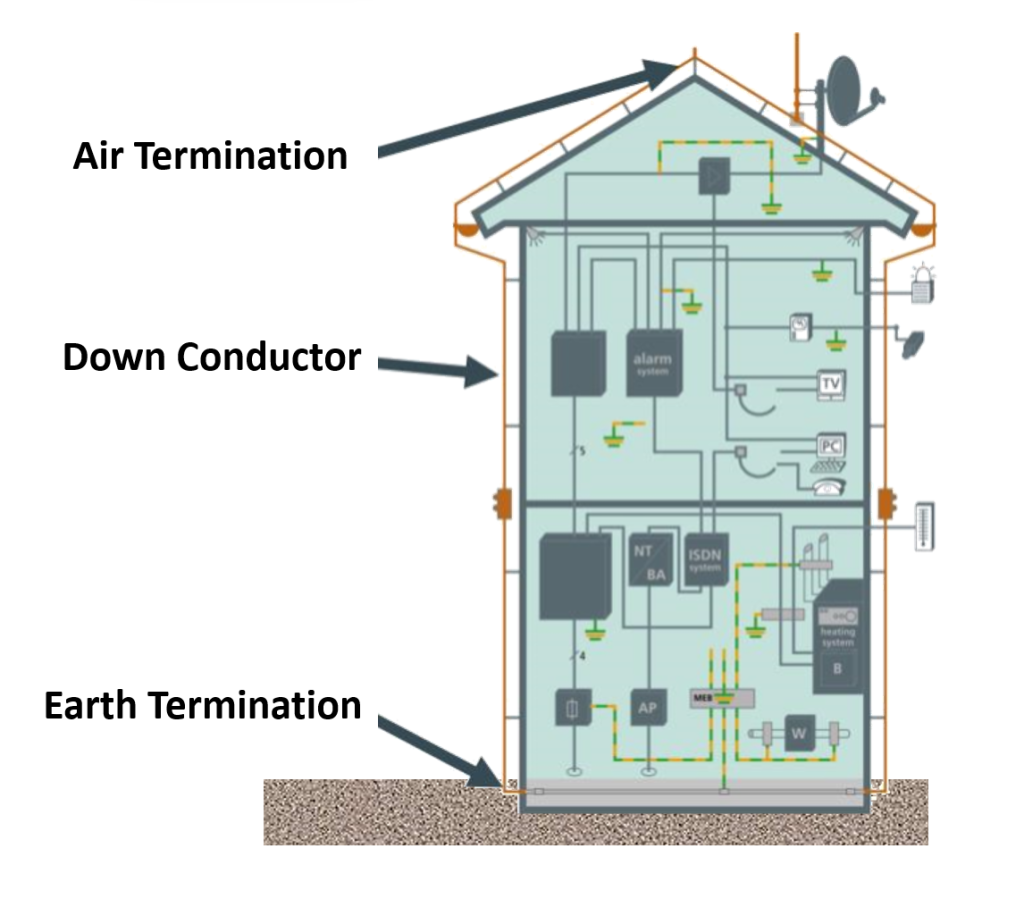
3.2 Air-Termination System Design Dive deep into the intricacies of designing an effective air-termination system. Learn about the types of air terminals, their placement, and the factors influencing the selection of suitable components.

At Amithi Power Consultants (Pvt) Ltd, we design Lightning Protection Systems with 3-Dimensional (3D) evaluation of coverage volume by Air Termination aligning with IEC 62305 Standard.
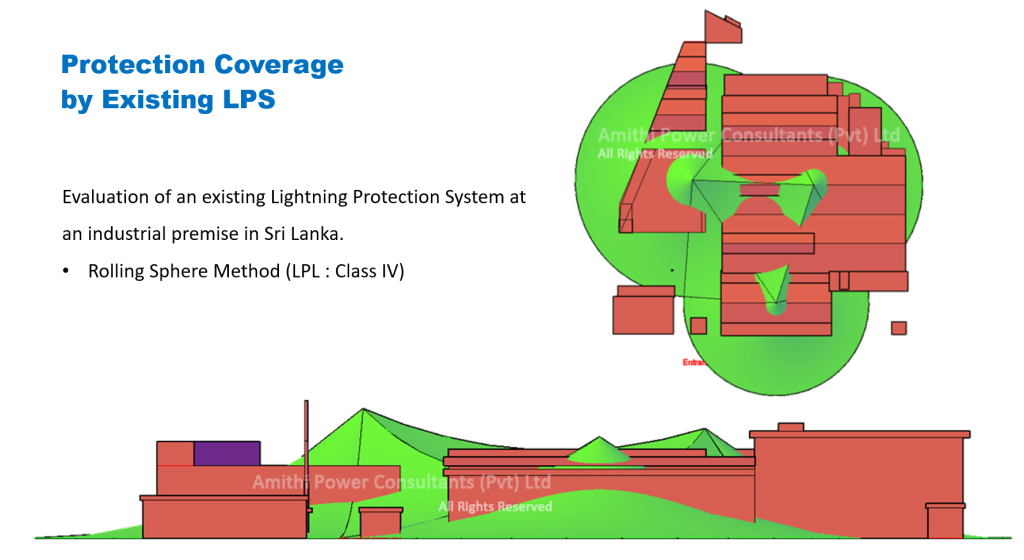
3.3 Down Conductor and Earth Termination System Design Down conductors and earth termination systems ensure a low-impedance path for lightning currents to safely dissipate into the ground.
4. Construction Supervision and Commissioning
4.1 Construction Supervision Efficient construction supervision is crucial to ensuring that the lightning protection system is installed according to the design specifications. Explore best practices for overseeing the construction phase and addressing potential challenges.
4.2 Commissioning Process Learn about the commissioning process, including system verification and testing. This section emphasizes the importance of thorough testing to validate the functionality and compliance of the lightning protection system.
5. Periodical Inspection & Testing
Ongoing maintenance and periodic inspections are essential for the continued effectiveness of the lightning protection system. Discover the key aspects of routine inspections and testing procedures to identify and address potential issues proactively.
Amithi Power Consultants conduct such inspection with the participation of a consulting engineer having expertise in the field.
Conclusion
In conclusion, designing a Lightning Protection System according to the IEC 62305 standard is a multifaceted process that requires careful consideration of risk factors, adherence to design principles, and meticulous construction supervision. By following the guidelines outlined in this comprehensive guide, you can contribute to the safety and resilience of structures in the face of lightning-related challenges.
Additional Resources
Watch comprehensive video series on “Design Aspects of Lightning Protection Systems” conducted by Eng. Laksith Sirisena (DGM & Consulting Engineer of Amithi Power Consultants Pvt Ltd) at University of Moratuwa organized by IEEE Student Branch in 2020.

